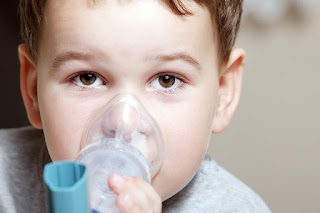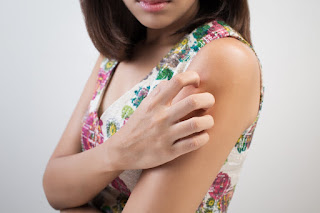ALLERGIES 101: by Dr. Myron J. Zitt, MD FAAAAI
Interview & Transcription by: Melyssa Reizian
On Long
Island, and in fact throughout the United States
RESPIRATORY
SYMPTOMS
From
early spring until the first frost, our patients are often troubled by exposure
to OUTDOOR ALLERGENS, including tree, grass and weed pollens, and molds.
“Allergic rhinoconjuctivitis” (affectionately known as “rose fever” in the
spring and “hay fever” in the late
summer and fall), is most common and is characterized by itchy, tearing
bloodshot eyes, runny, itchy, stuffy nose and sneezing. Studies indicate that
in this country, up to 40% of children and 30 % of adults suffer from allergic
rhinoconjuncitivitis. These numbers are
high and continually increasing.
In the
late fall and winter, as the pollen diminishes, folks may experience
respiratory symptoms from INDOOR ALLERGENS like dust mites and animal dander. Because
we are on an island, where humidity tends to be high, mold growth is prevalent
and mold allergy is quite
common. As a result of damage from hurricane Sandy
 Our
patients are often troubled by symptoms of asthma, which is characterized by
cough, wheeze, chest tightness and/or shortness of breath. Asthma prevalence is also increasing. It is estimated to affect about 10 % of the
population, but occurs with greater frequency, in children. Of great concern is that asthma has been
reported in up to 25% of inner city children.
As many as 85% of children with asthma have an allergic basis for
symptoms, while in folks diagnosed with asthma later in life, allergy plays a
significant role in only about 40 to 50%.
Our
patients are often troubled by symptoms of asthma, which is characterized by
cough, wheeze, chest tightness and/or shortness of breath. Asthma prevalence is also increasing. It is estimated to affect about 10 % of the
population, but occurs with greater frequency, in children. Of great concern is that asthma has been
reported in up to 25% of inner city children.
As many as 85% of children with asthma have an allergic basis for
symptoms, while in folks diagnosed with asthma later in life, allergy plays a
significant role in only about 40 to 50%.
Viral infections in asthma patients heighten the sensitivity of the airways to allergens and non-specific irritants, which may lead to coughing and wheezing that can persist for many weeks after the infection has cleared. Persisting cough may be the earliest and perhaps the only symptom exhibited by patients with asthma. In those in whom a definitive diagnosis has not been made, appropriate studies should be done to determine if cough is due to asthma. It is important to recognize that most asthma flare-ups do not require antibiotic therapy and are best treated with an aggressive anti-inflammatory asthma regimen. To prevent further increase in the reported rising incidence of bacterial resistance to antibiotics, the inappropriate use of these agents should be avoided whenever possible. In addition, the use of “cough medicines” to treat chronic cough, in the absence of a diagnosis, to explain the cause of symptoms, should be discouraged.
ALLERGY THERAPY
Patients
with respiratory allergies should make every effort to avoid their allergenic
triggers whenever possible. This is
particularly important in the home, where humidity should be maintained at
optimal levels (30 to 40%) and exposure to mite, mold and animal dander
minimized. Immunotherapy, commonly
known as allergy shots, has been extremely helpful in improving the tolerance
of patients with respiratory allergies to both indoor and outdoor
allergens. Nonetheless, one must not
diminish the importance of proper diet, sleep and exercise, as well as adhering
to a medical regimen provided by a trained and qualified health care provider
to achieve optimal allergy control.
..............................................................................................................................................


DR. MYRON
ZITT has been serving the Long Island community for over 35 years, initially as
the Chief of Allergy and Immunology of the Queens – Long Island Medical Group
and currently with the Mid Island Allergy Group with offices in Plainview and Babylon Nassau
University Medical
Center Brooklyn , New York Long Island College Hospital
and a fellowship in Allergy-Immunology and Chest Disease at Duke University
Medical Center
in Durham , North Carolina
Dr. Zitt is an active Fellow of theAmerican
College American Academy
Dr. Zitt is an active Fellow of the
Dr.
Zitt has also served on the Board of Directors for the Asthma and Allergy
Foundation of America where he acted as Vice President of Research, on the
Board of Directors of the World Allergy Organization where he chaired the
Emerging Societies Committee. and on the
Board of Directors of the Joint Council of Allergy Asthma and Immunology.














